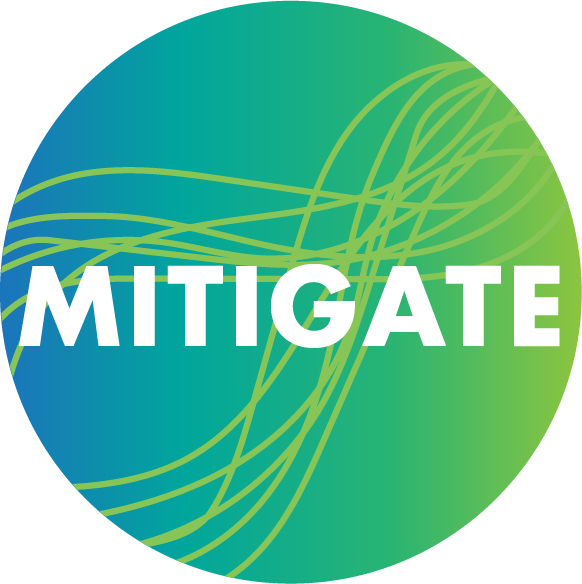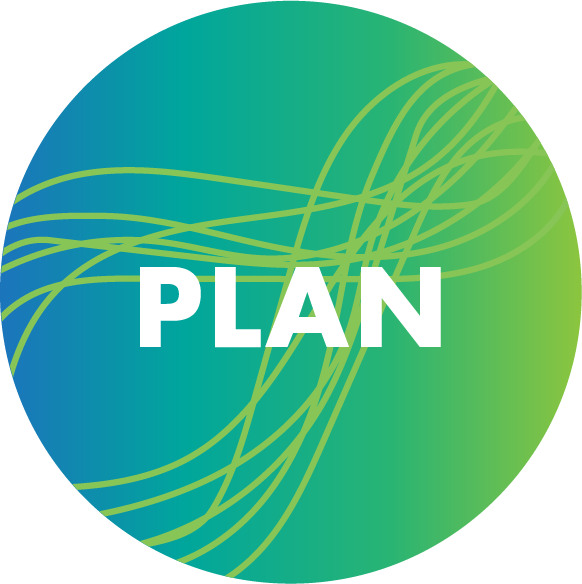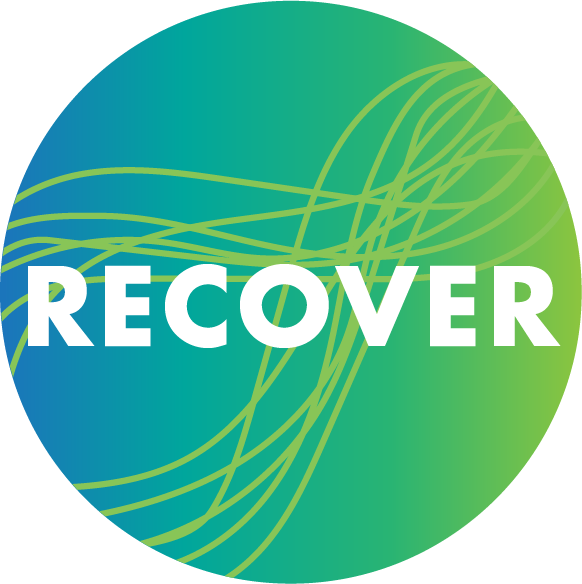Hazard Risk Data and Resources
For More Information on specific disaster preparation, response, and recovery
Hazards and Vulnerability
Community risk to natural hazards is understood as the level of exposure to the hazard multiplied by the level of social vulnerability within a community. Understanding current hazard exposures, patterns of social vulnerability and community underinvestment, as well as how both hazards and social vulnerability evolve over time, can help community members and organizations make informed risk reduction decisions. This data can also help direct response and recovery resources to communities expected to be most impacted by disasters.
A screenshot of the Healthy Places Index ranking of census tracts by social vulnerability in the city of San Mateo.
nATURAL hAZARD dATA
The following are publicly available data covering most natural hazards, as well as dam failure and air quality.
Multi-Hazard Viewers and Portals
Association of Bay Area Governments (ABAG) Hazard Viewer: This viewer includes estimated current exposures for Historic Wildfire Perimeters, Fire Hazard Severity Zones, Tsunami Evacuation Zones, FEMA Flood Hazard (regulatory flood zones), Landslide Hazard (Rainfall-Induced), Earthquake Fault Zones, Probabilistic Earthquake Shaking Hazard, Earthquake Liquefaction Susceptibility, Earthquake Disaggregation, and Earthquake Shaking Scenario maps for 16 local faults and fault segments. Data is available for download.
Our Coast, Our Future: This tool is a multi-agency partnership to map areas projected to be impacted by sea level rise. Users can explore projections for coastal flooding, coastal erosion, and groundwater rise toggling different sea level rise amounts and storm frequencies. Data is available for download by region and hazard type.
Cal-Adapt: This state resource provides data for multiple hazards best on updated climate change projections. Users can view and download projections of future precipitation, sea level rise-caused coastal inundation, extreme weather, extreme precipitation events, snowpack, wildfire, and drought, among others.
Single-Hazard Viewers
Department of Water Resources (DWR) Dam Inundation Maps: DWR publishes approved inundation maps of its jurisdictional dams, which demonstrate where water would flow if the dam were to fail. Not included in this database are federal dams, dams below the size threshold for DWR jurisdiction, or those that have otherwise received an exemption from DWR.
Aclima Neighborhood-Level Pollution Viewer: In partnership with the Bay Area Air Quality Monitoring District (BAAQMD), primate company Aclima has published baseline air quality data for much of the Bay Area at the neighborhood scale. Measurements represent a snapshot in time, and are not representative of particularly bad air quality days (e.g. from a wildfire).
Stanford Future Bay Heat Viewer: This interactive map developed by Stanford allows users to view projected number of high heat days across different areas of San Mateo County, with the user able to define temperature threshold and year range.
Social Vulnerability Data
Introduction to Social Vulnerability
Hazards do not impact everyone in the same way. Social conditions (e.g., poverty), as well as differences in access and functional needs (e.g., using a wheelchair), can greatly determine the extent to which an individual or community is impacted by a particular hazard. The conditions that make an individual or community more likely to experience worse outcomes after a hazard are colloquially known as ‘social vulnerability.’
Social vulnerability should generally be understood in relation to a particular hazard, rather than a static set of variables. The set of conditions that makes someone highly vulnerable to an earthquake are not necessarily the same as the conditions that make someone highly vulnerable to an infectious disease outbreak. However, social conditions like poverty, food insecurity, and lack of health care access tend to be core indicators of where people are likely to experience poor outcomes across any hazard, and therefore show up in many social vulnerability indexes. In many cases, the level of vulnerability that a person has to a hazard may fluctuate over time, as a person’s income, insurance coverage, housing situation, or health changes. Vulnerability is a condition, not an identity.
Most measures of social vulnerability use census data to describe a population’s general level of social vulnerability, typically at the census tract level. The drawback of this approach is that core indicators like income are often described as the median of the entire census tract, obscuring pockets of very low income residents. This is a particularly notable problem in San Mateo County, where high income households are increasingly moving into historically lower-income neighborhoods like East Palo Alto, and highly diverse South Coast communities share one large census tract. Qualitative vulnerability assessments, two of which are linked below, can help to address the limitations of quantitative census data in identifying neighborhood-level vulnerability.
Community Data
Health Data
State and Federal Viewers
City and County Plans
Local Hazard Mitigation Plans
Multijurisdictional Hazard Mitigation Plan (2021) - includes Atherton, Belmont, Brisbane, Burlingame, Colma, Daly City, East Palo Alto, Foster City, Half Moon Bay, Hillsborough, Menlo Park, Millbrae, Pacifica, Portola Valley, Redwood City, San Bruno, San Carlos, San Mateo (city), San Mateo County, South San Francisco, and Woodside.
Emergency Operations Plan
County of San Mateo Emergency Operations Plan (to be updated in 2023)
General Plan Safety Elements
Burlingame Community Safety Element (2019)
Redwood City Public Safety Element (2010)
San Carlos Community Safety and Services Element (2009)
City of San Mateo Safety Element (2010)
Multijurisdictional Safety Element update in progress - Atherton, Belmont, Brisbane, East Palo Alto, Half Moon Bay, Pacifica, San Bruno and San Mateo County
South San Francisco General Plan update underway







